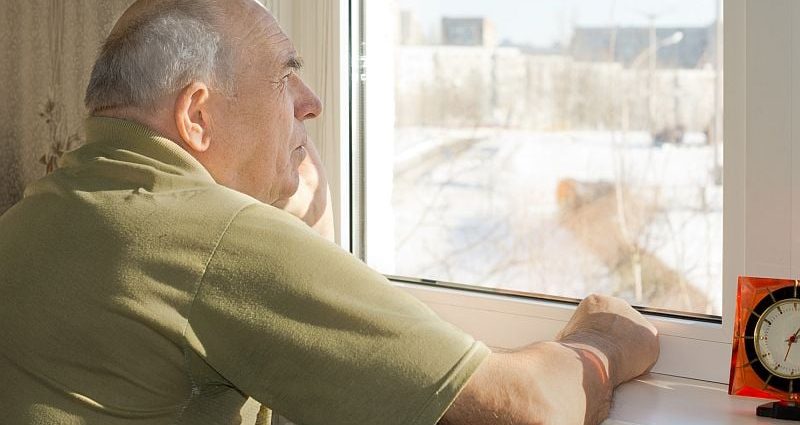FRIDAY, April 12, 2024 (HealthDay News) — COVID-19 lockdowns prompted countless American seniors to become socially isolated.
Now, new research finds that many have still not fully rejoined society.
More than half of older adults still spend more time at home and less time out socializing in public, even though the pandemic has passed, researchers found.
Fear of infection and worries about increasingly hostile interactions between people are the key reasons for seniors’ retreat from civic life, results show.
“The pandemic is not over for a lot of folks,” said lead researcher Jessica Finlay, an assistant professor of geography at University of Colorado Boulder.
“We found that the pandemic fundamentally altered neighborhoods, communities and everyday routines among aging Americans, and these changes could have long-term consequences for their physical, mental, social and cognitive health,” Finlay said in a university news release.
For the study, Finlay and her colleagues surveyed nearly 7,000 people over 55 from all 50 states. The researchers check in with surveys annually, asking open-ended questions about how people are spending their time post-pandemic.
About 60% of participants said they spend more time in their home following the pandemic, results show.
Meanwhile, 75% said they are dining out less and 62% said they are visiting cultural and arts venues less, according to the survey. More than half said they go to church or the gym less than before the pandemic.
“[My friends and I] would get together every month for a luncheon at different restaurants. We had been doing that for 15 years,” Shirley, a 74-year-old city dweller, told the researchers. “There would be 10 or 15 of us that would go. We haven’t gone since the pandemic, and that I do miss.”
Although these results come from a poll two years ago, the most recent survey taken in spring 2023 showed similar trends, researchers said. More than half of seniors report that their routines remain altered post-pandemic.
The findings were published recently in the journal Wellbeing, Space and Society.
There are signs that seniors are taking steps to create a “new normal.”
At least 10% of seniors report exercising outdoors more frequently now, results show.
“I like to walk and then we have a weight station out in the barn and a treadmill downstairs,” Nancy, a 67-year-old rural resident, told researchers. “Also there’s a dead-end road that I can go down. So that’s not too bad, but I’ve never used a gym.”
Seniors are also taking more advantage of online offerings to attend meetings, concerts and classes.
“You find new avenues. There is plenty online. A lot of Bible teachers online and wonderful music,” Lisa, a 77-year-old living in an urban area, told researchers. “I’m in a prayer fellowship and the ladies feel very free to share the things that they are really struggling with and also, when you see the way they’re struggling with their issues and the outcome, it’s very comforting.”
Overall, though, Finlay is worried that seniors could face serious mental and social health problems by losing spontaneous interactions that normally take place while someone’s out and about.
“For some older adults who live alone, that brief, unplanned exchange with the butcher or the cashier may be the only friendly smile they see in the day, and they have lost that,” Finlay said.
The trend might even worsen an increasingly polarized society. “It is increasingly rare for Americans with differing sociopolitical perspectives to collectively hang out and respectfully converse,” she said.
More information
The Commonwealth Fund has more on COVID and social isolation.
SOURCE: University of Colorado Boulder, news release, April 10, 2024
Copyright © 2025 HealthDay. All rights reserved.

